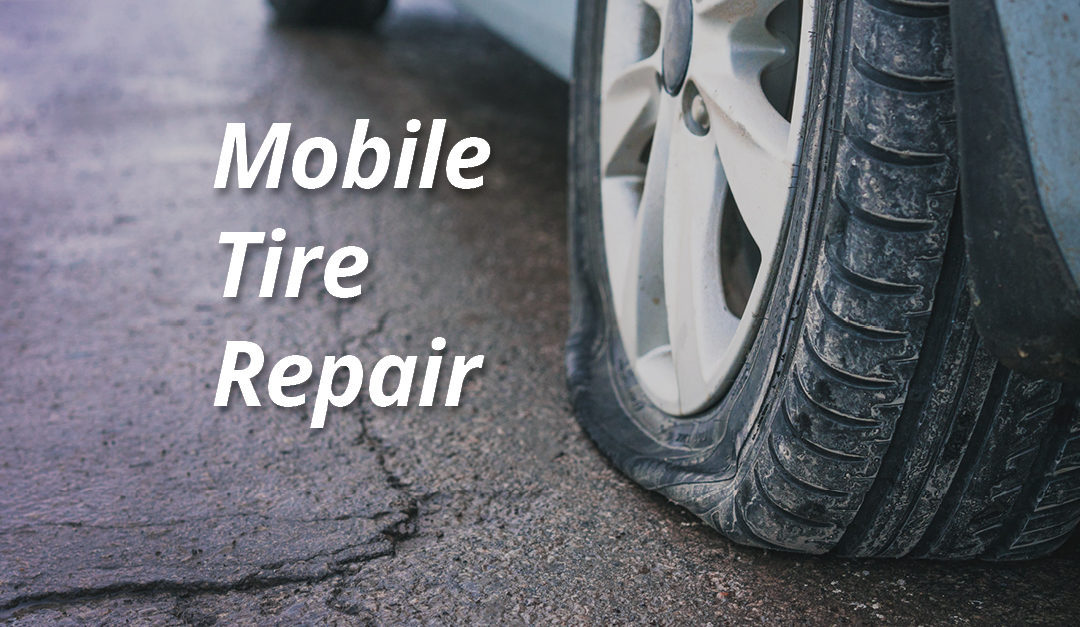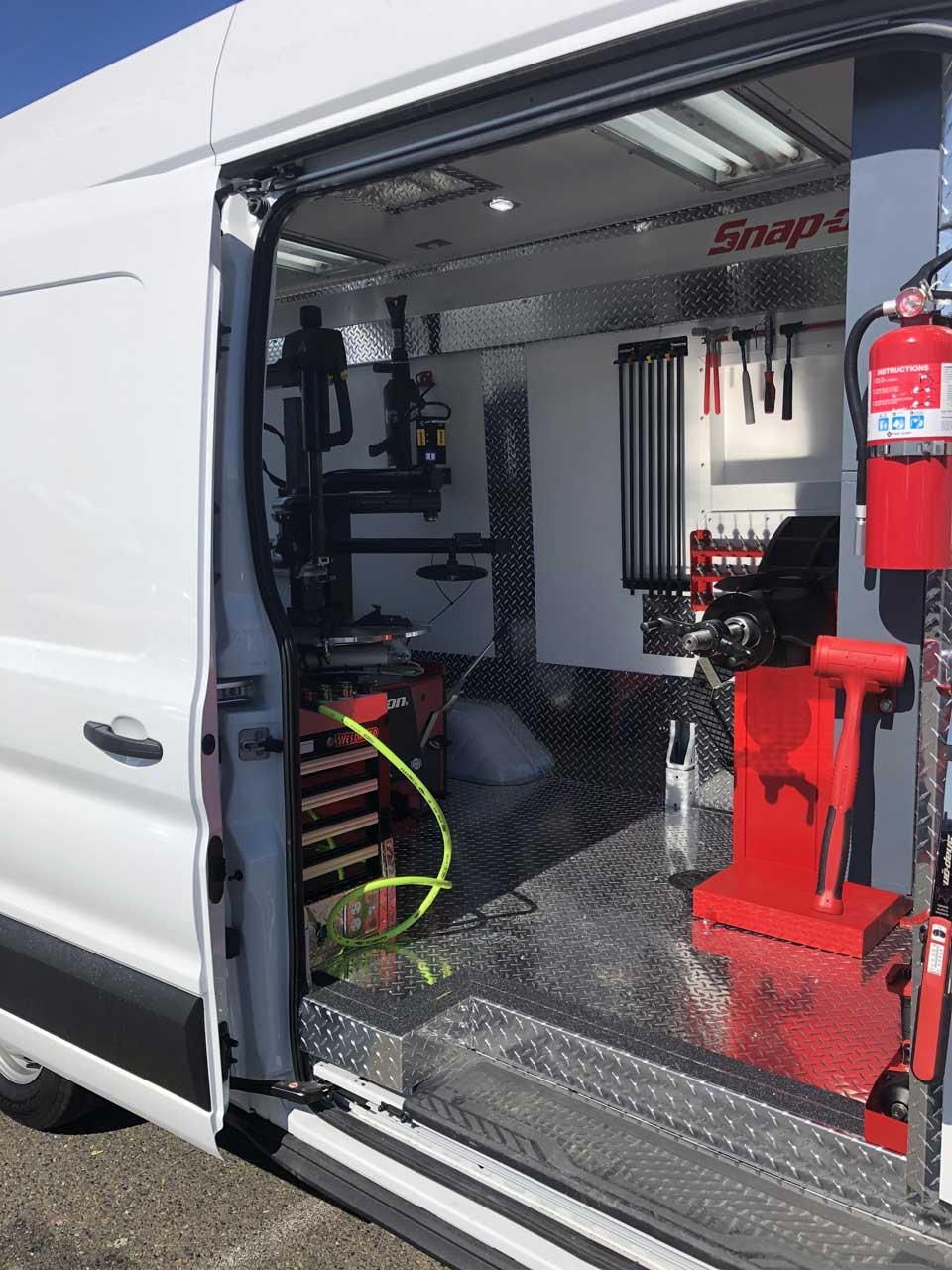Quick and Expert Mobile Tire Repair Las Vegas Solutions
Quick and Expert Mobile Tire Repair Las Vegas Solutions
Blog Article
Tire Solution: Proven Methods for Optimum Tire Maintenance and Care
Maintaining optimum tire condition is paramount for both safety and security and performance of any lorry. From making sure correct tire pressure to normal turning and alignment, there are tried and tested techniques that can considerably expand the life expectancy of your tires and boost overall driving experience. As we discover the complexities of tire treatment and maintenance, we will certainly reveal vital standards that every car proprietor should stick to for the finest feasible outcomes. Let's explore the globe of tire service and uncover the tricks to keeping your tires in excellent shape for the long run.
Value of Tire Pressure
Appropriate tire pressure is an essential variable in guaranteeing ideal car performance and safety and security when driving. Preserving the suggested tire pressure levels supplied by the maker uses many advantages. To start with, ample tire stress advertises far better gas performance, as under-inflated tires can bring about raised rolling resistance, creating the engine to function more challenging and take in even more gas. Second of all, proper tire stress makes sure also walk wear, enhancing tire long life and conserving money in the lengthy run by postponing the requirement for premature substitutes. In addition, appropriately pumped up tires add to improved handling and stopping abilities, important for safe driving in numerous road conditions. Over-inflated tires, on the various other hand, can result in lowered traction and a harsher trip. Conversely, under-inflated tires are prone to getting too hot, which can result in blowouts and mishaps. Frequently examining and adjusting tire pressure, particularly eventually journeys, is a straightforward yet effective way to boost car performance, extend tire life expectancy, and focus on security when traveling.
Tire Turning Guidelines
When thinking about tire rotation guidelines, it is essential to comprehend the importance of this upkeep job in optimizing tire life expectancy and keeping ideal automobile performance. Tire rotation entails changing the setting of each tire on a lorry to guarantee also tread wear. Front tires often tend to wear much more quickly than rear tires because of guiding pressures, making regular rotation vital for well balanced wear patterns. The advised rotation pattern varies depending upon whether a car is front-wheel, rear-wheel, all-wheel, or four-wheel drive. Usually, tires need to be rotated every 5,000 to 7,500 miles, or as encouraged in the automobile guidebook. Ignoring tire rotation can bring about unequal wear, influencing handling, traction, and possibly compromising lorry safety. By adhering to proper turning standards, motorists can expand the life of their tires, boost gas performance, and boost general driving experience. Normal turning is an easy yet effective maintenance technique that adds significantly to tire longevity and vehicle performance.

Advantages of Wheel Positioning
Making certain proper wheel positioning after tire turning is essential for preserving well balanced wear patterns and taking full advantage of lorry performance. Wheel positioning describes the adjustment of the angles of the wheels to the maker's requirements. Among the essential benefits of wheel placement is boosted guiding and taking care of response. When the wheels are appropriately straightened, it lowers click here for more steering effort, making sure a smoother and a lot more controlled driving experience. In addition, right wheel positioning aids to extend the life-span of your tires. Misaligned wheels can cause uneven tire wear, bring about premature tire substitute and enhanced upkeep prices.

Tire Tread Depth Examine
Carrying out a routine examination of tire tread depth is crucial for maintaining risk-free driving problems and lengthening the lifespan of your tires. The walk on your tires plays a crucial role in supplying grip, specifically in unsafe or damp problems. To check your tire tread depth, you can utilize a step deepness gauge or the penny test. The suggested walk deepness goes to the very least 2/32 of an inch. It is time to change your tires to make certain optimum performance and safety on the road if the walk deepness is below this threshold. Uneven walk wear can suggest concerns with tire stress, suspension, or placement, highlighting the relevance of normal tread depth checks. Neglecting to keep track of and maintain proper step deepness can lead to decreased hold, longer braking distances, and an increased risk of hydroplaning. By incorporating tire step deepness look into your regular upkeep routine, you can drive with self-confidence recognizing that your tires remain in leading condition.
Seasonal Tire Assessment
Seasonal tire examination is a fundamental element of tire upkeep that makes certain tires are ready to deal with the challenges presented by different climate conditions. In Get the facts prep work for winter months, it is vital to examine the tire pressure on a regular basis as chilly temperature levels can trigger tire stress to drop. By conducting regular seasonal tire evaluations, drivers can prolong tire lifespan, improve fuel efficiency, and most importantly, ensure a protected driving experience in varying weather condition problems.
Conclusion
To conclude, maintaining proper tire stress, rotating tires frequently, lining up wheels properly, monitoring step deepness, and performing seasonal assessments are vital techniques for ideal tire care. By following these proven methods, motorists can guarantee their tires last much longer, execute far better, and add to total car safety and security. It is essential to prioritize tire maintenance to stop crashes, improve gas efficiency, and extend the lifespan of tires.
Ample tire pressure advertises better fuel efficiency, as under-inflated tires can lead to raised rolling resistance, triggering the engine to function more challenging and consume even more fuel.When considering tire turning guidelines, it is important to recognize the value of this maintenance job in making the most of tire life-span and preserving optimum automobile performance. Seasonal tire assessment is an essential facet of tire maintenance that makes sure tires are ready to encounter the challenges presented by various weather condition problems. By carrying out routine seasonal tire examinations, chauffeurs can lengthen tire lifespan, boost fuel effectiveness, and most notably, ensure a useful source safe driving experience in differing climate conditions.
In final thought, preserving correct tire stress, rotating tires regularly, lining up wheels appropriately, keeping track of step deepness, and performing seasonal evaluations are necessary practices for optimal tire treatment.
Report this page